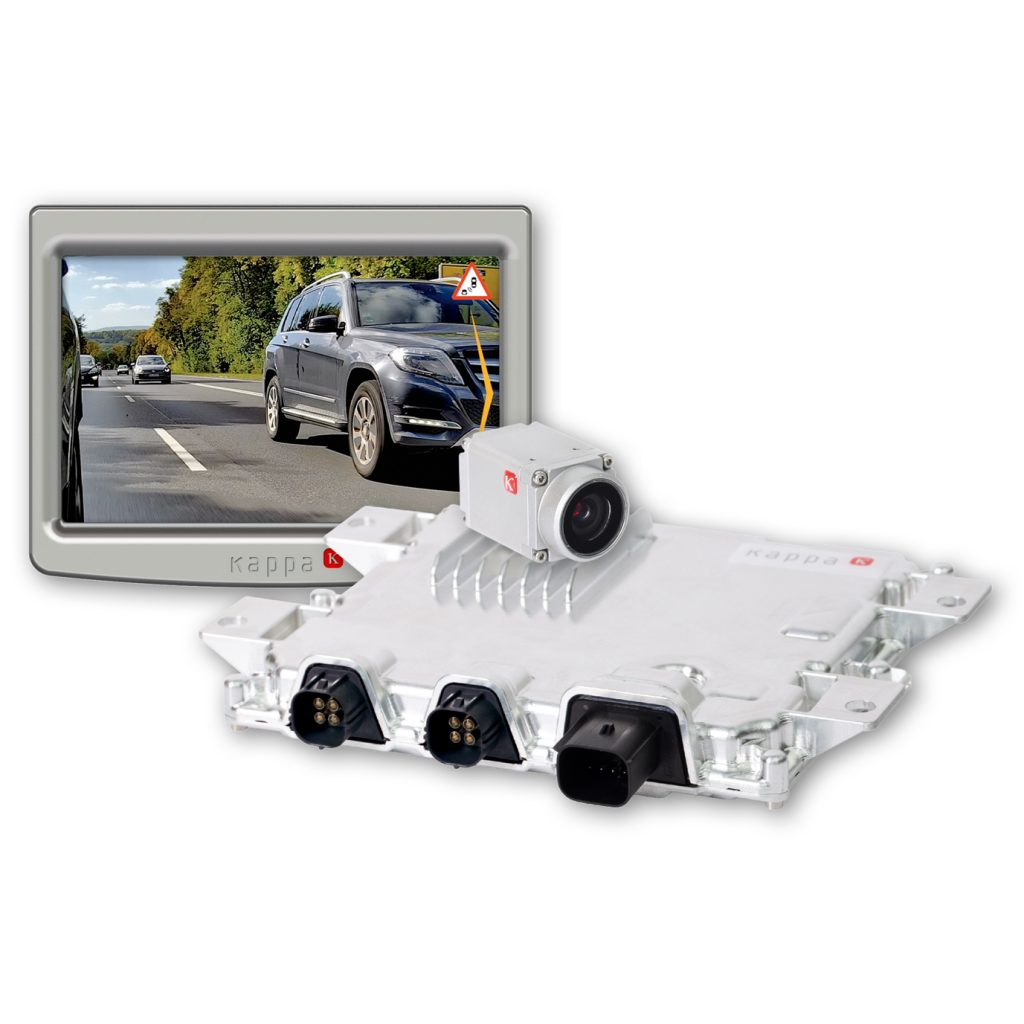
In a move towards enhancing vehicle safety and design efficiency, Kappa optronics GmbH, known for its advanced vision systems in critical sectors, has adopted THine Solutions, Inc.’s V-by-One® HS Chipset for its Rearview OneBox® automotive camera system. This collaboration marks a step forward in addressing the limitations of traditional automotive mirrors.
The Rearview OneBox®, a digital mirror solution, addresses common issues associated with conventional side and interior mirrors, such as impaired visibility due to adverse weather conditions, blind spots, design restrictions, and aerodynamic inefficiencies that impact fuel and battery consumption. Kappa’s technology has been incorporated into several high-performance vehicles, including the Aston Martin Valkyrie, Gordon Murray T.50, and KTM X-Bow GT-XR, and has even been utilized by Formula 1 world champion Jenson Button in the Radford Type 62-2.
Utilizing THine’s V-by-One® HS technology, known for its high-speed video transmission capabilities, Kappa’s camera system can be installed at a considerable distance from the processing unit, a necessity for effective Camera Monitoring Systems (CMS). This technical advancement facilitates the integration of camera systems into a broader range of vehicle designs without compromising on safety or aesthetics.
Fabian Claus, Business Manager of Vision Solutions at Kappa, highlighted the complexity and sophistication of their vision systems, designed to meet rigorous industry standards and customer expectations. THine’s comprehensive support and technical expertise have been instrumental in achieving the project’s objectives.
Tak Iizuka, Chief Solution Architect at THine Solutions, expressed enthusiasm about the collaboration, foreseeing widespread adoption of Kappa’s platform by car manufacturers aiming to enhance the driving experience through superior safety and comfort.
Key benefits of the Rearview OneBox® include unparalleled image quality, an expanded field of view that eliminates blind spots, optimal situational awareness in all weather and lighting conditions, design flexibility, reduced CO2 emissions, and an improved Euro NCAP rating. This advancement represents a significant leap in digital mirror technology, setting a new standard for automotive safety and design.

